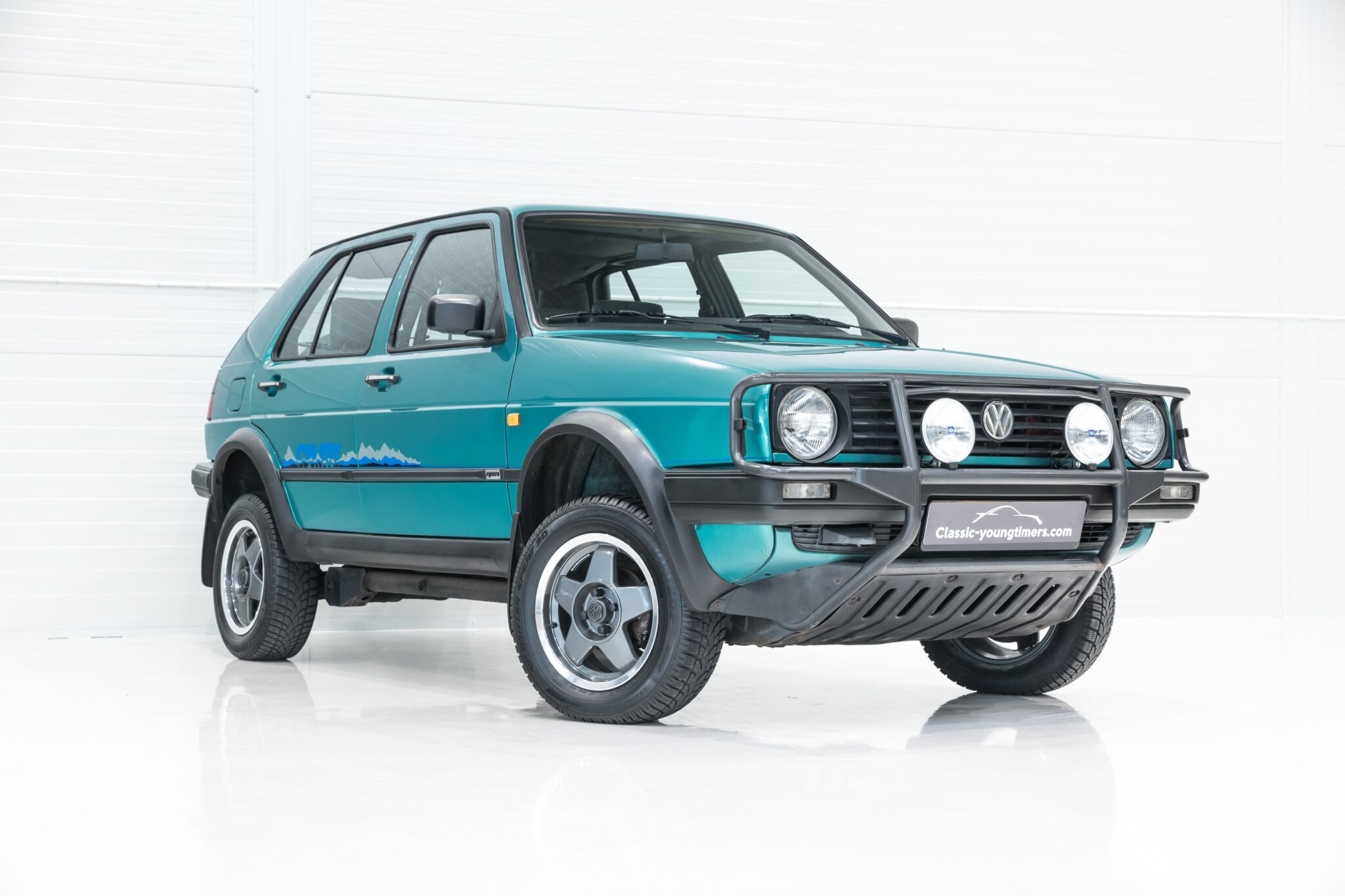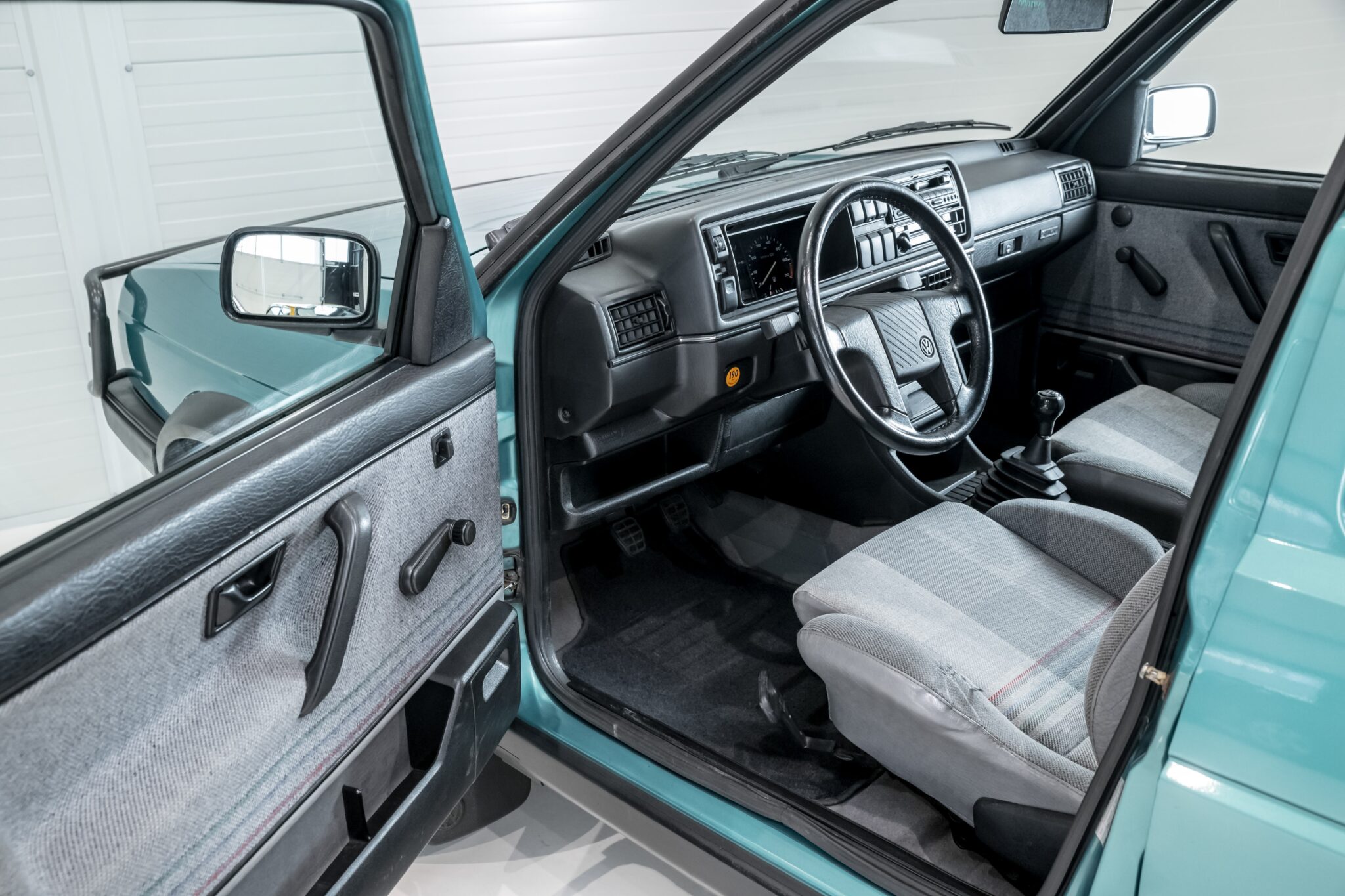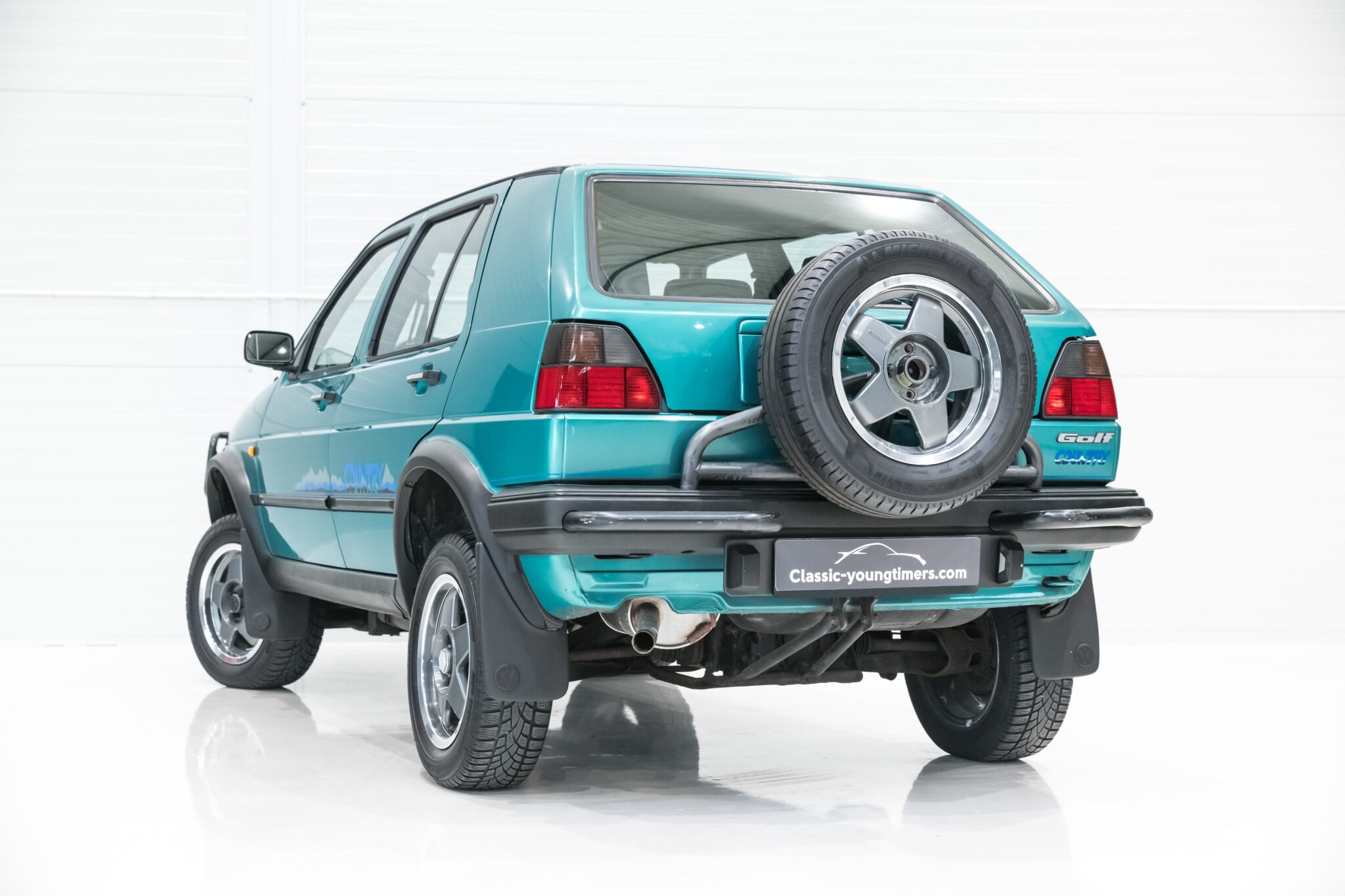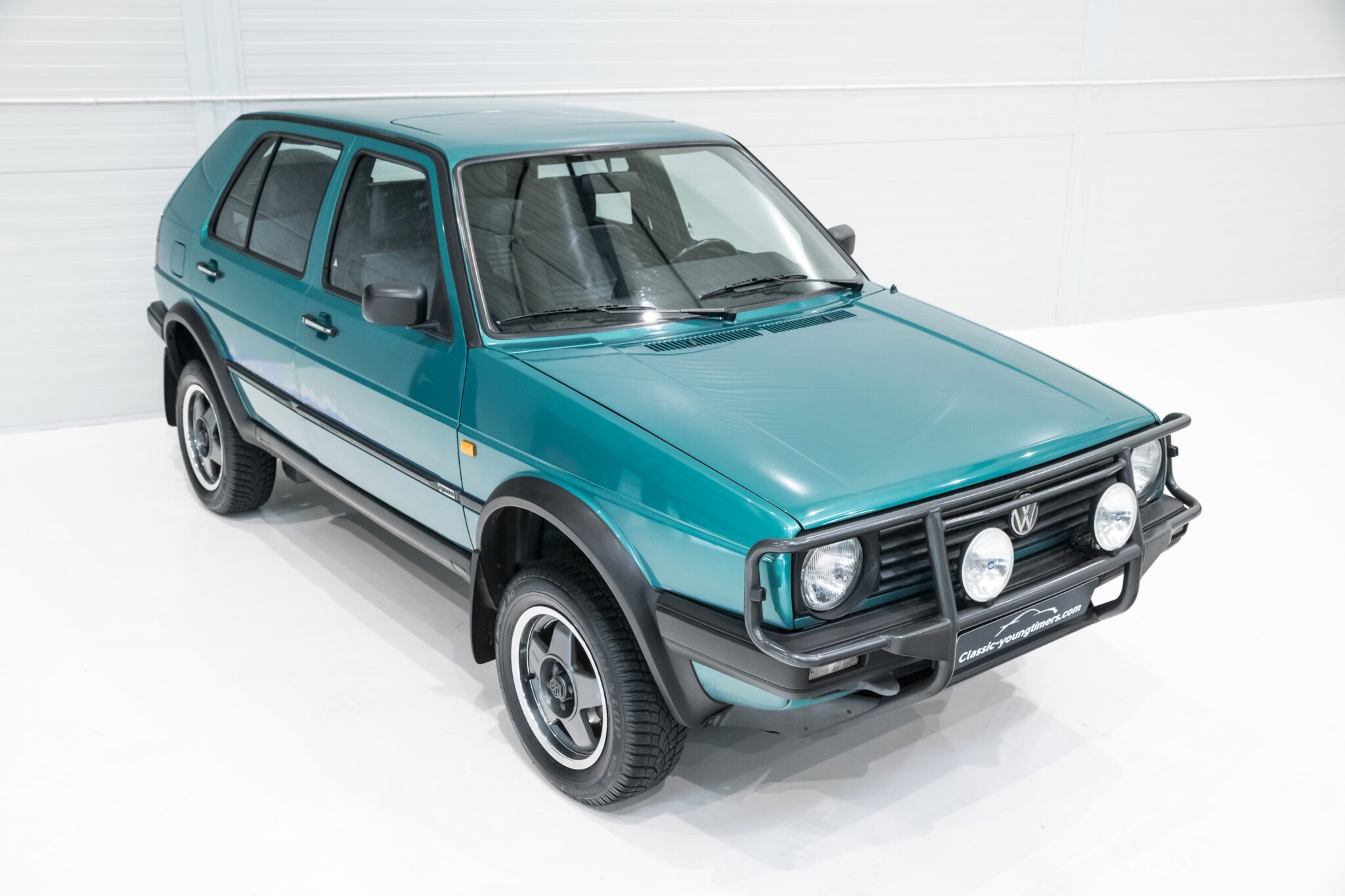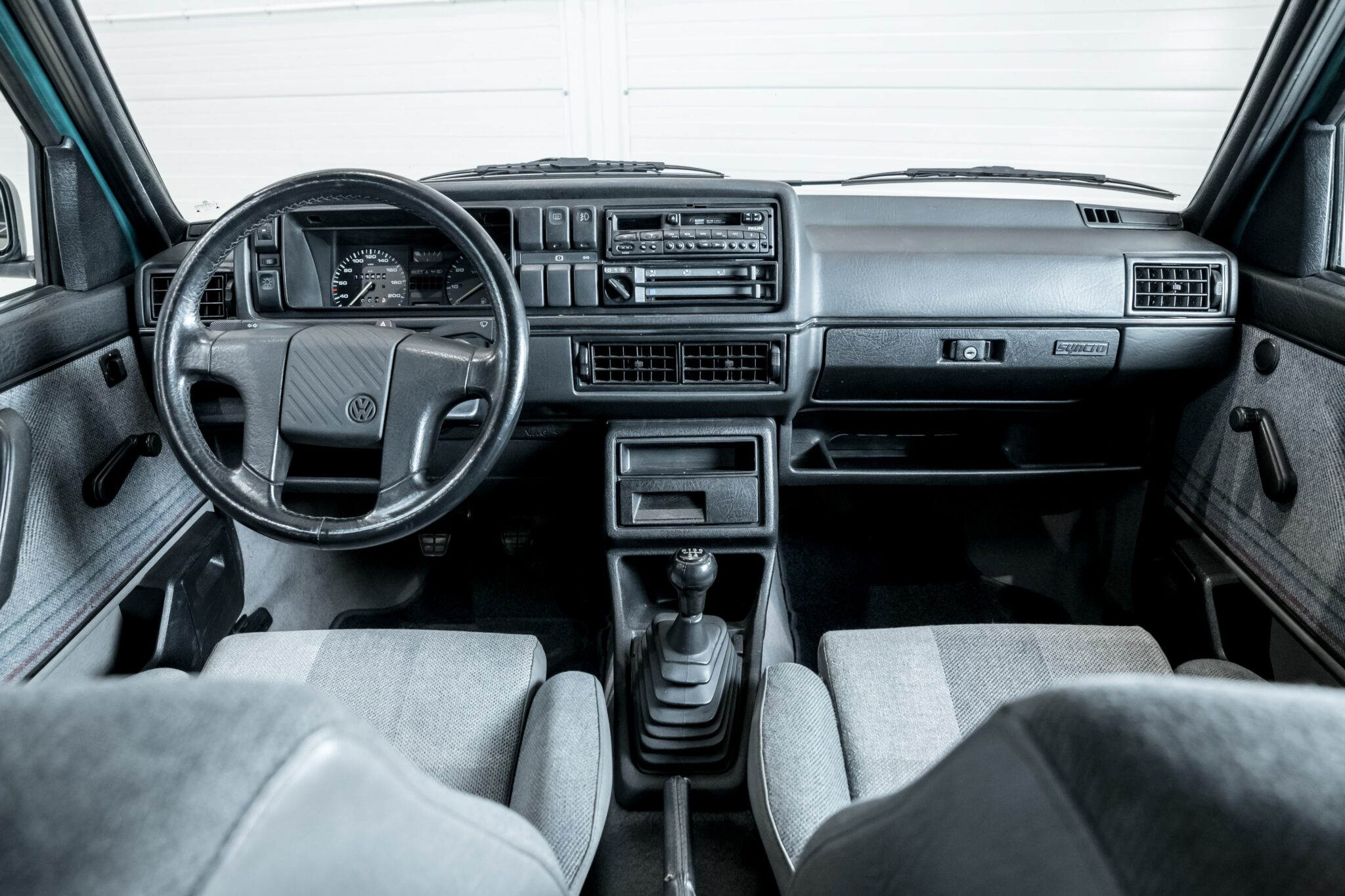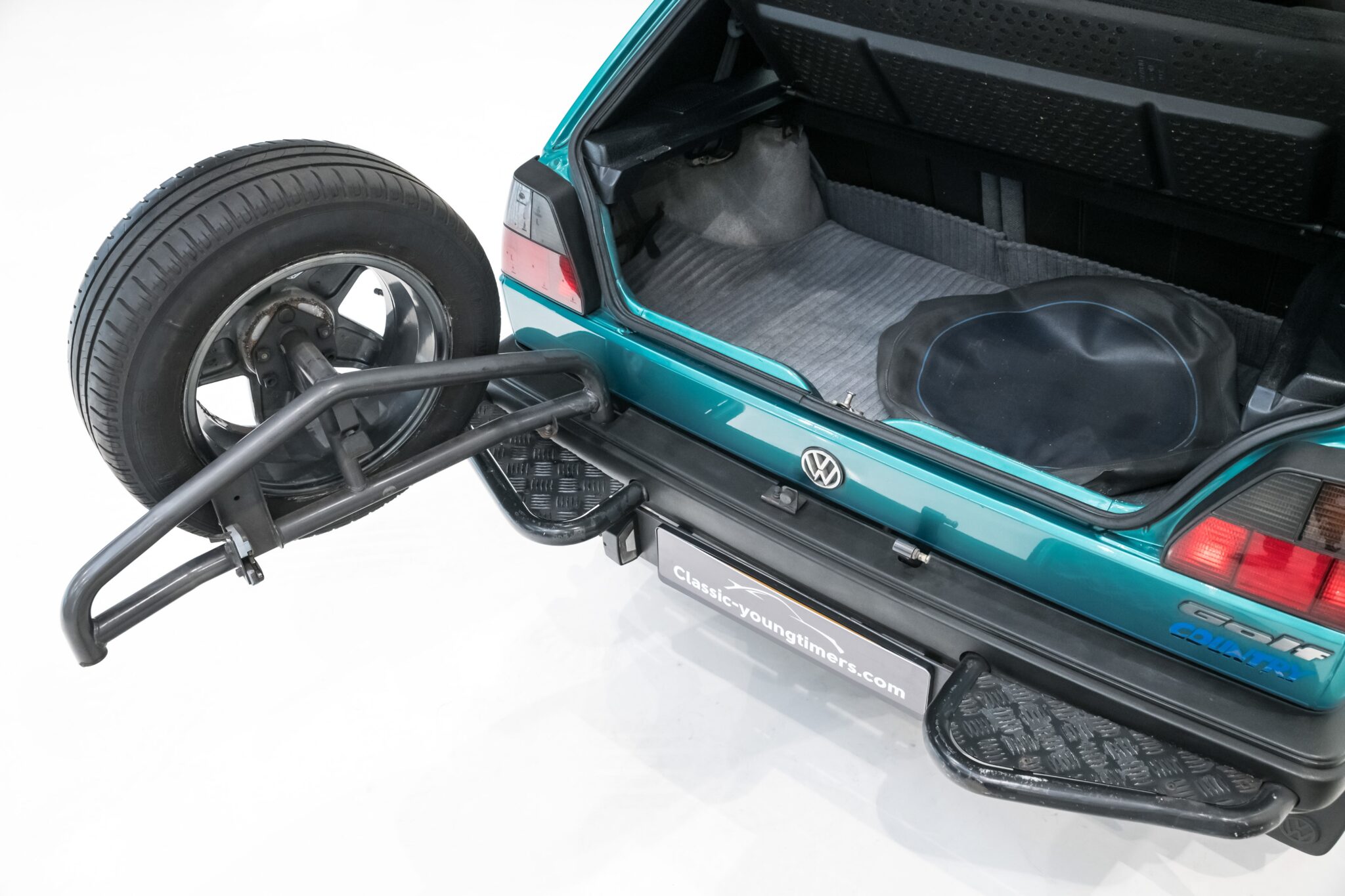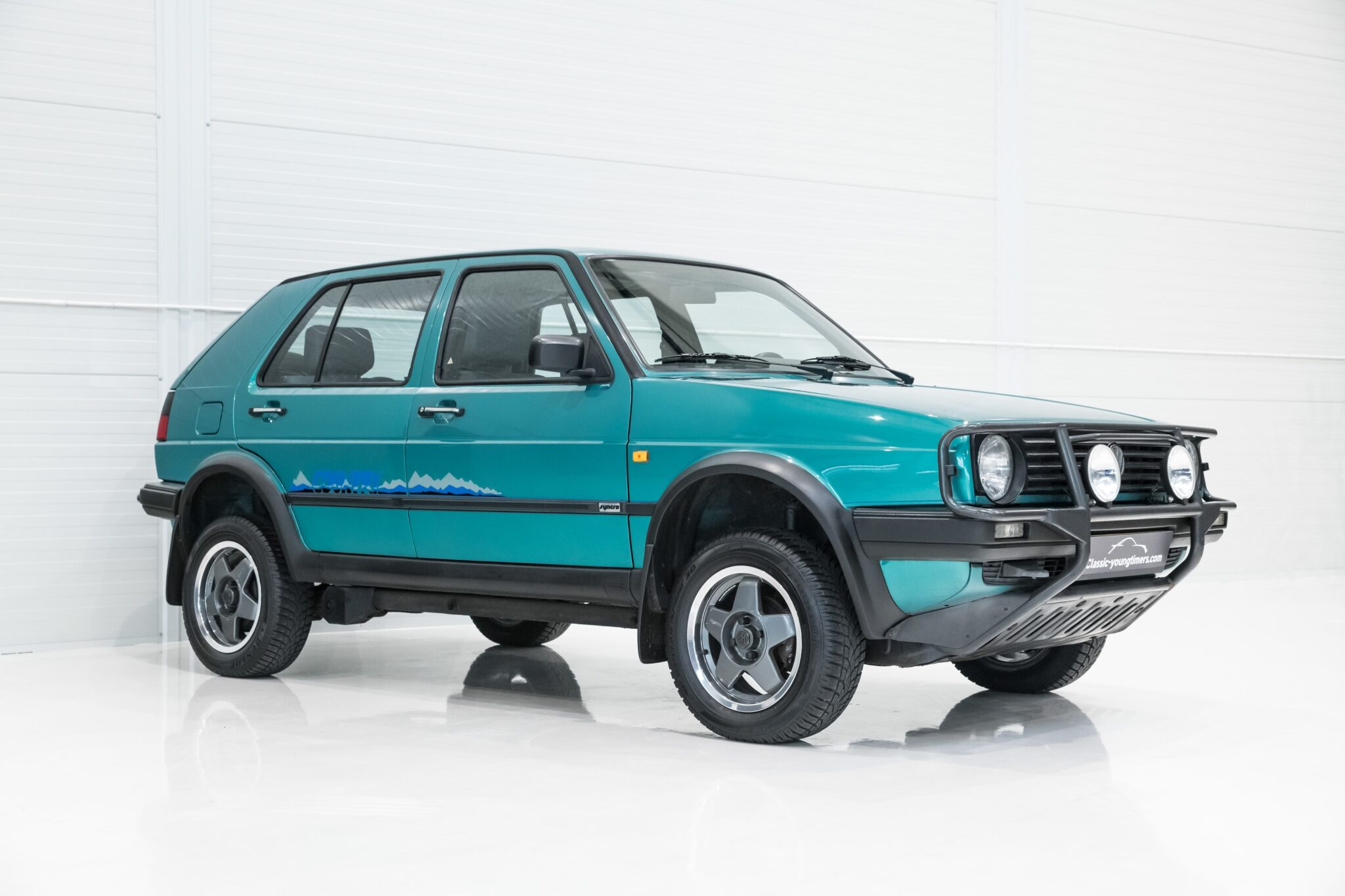Volkswagen Golf Country Syncro
The first modern crossover?
Take a look through your window and you will definitely see one or even a few SUV's. This tendency which came from the United States gains more and more attention every year. Higher clearance prevents scratching nifty car details, a higher seating position allows to feel like driving a bus and truck-like design enhances trust in yourself.

In Europe only, crossovers segment switched to a higher gear nearly a decade ago. During this period SUV's became an alternative to hatches, saloons and combis. So it's bringing profit for all the carmakers. It doesn't matter if its Audi, Porsche or even Lamborgini. Good damn it - soon even Ferrari will take a seat in this runaway crossovers train. Even if it sounds wrong, if you're a car manufacturer - you have to be profitable. If you're not - we're not going to see exotic supercars, fancy autosport divisions and jaws breaking technologies.


„Volkswagen“ as well as many other European carmakers, was always looking for alternative body types, powertrains, and engineering solutions. In 1989 modification of a very popular Volkswagen Golf raised a lot of buzz not only between big carmakers, but also between german hatch lovers.
It was quite a surprise for Volkswagen managers when they revealed new Golf concept at Geneva motorshow as it attracted huge attention and requests to start serial manufacturing of the model. Volkswagen reacted quickly and in 1990s officialy started making new Golf with better off-road capabilities.
Hang on, so how did germans manage to start serial manufacturing of this crossover so quickly? You'll be surprised, but Volkswagen succeded with the help of Austrian partners.
At first, the new version of the Golf was manufactured and assembled in Germany. Actually, in the same factory as well known golf hatch. Later - already assembled cars were transported to the factory in Austria where they were pimped with off-road look-alike features.
This compact suv was powered by rather sluggish engine. 1.8 liters 4 cylinders powertrain had only 98 horsepower. It's a laugh if you want to challenge anyone with this engine, but it was perfect fit to go from one forest to another.
There are sources who state that in order to show respect for the engineers who worked in the building of the Golf Country, some exclusive models were made. And they were powered by Golf GTI motor with 115 horsepower.

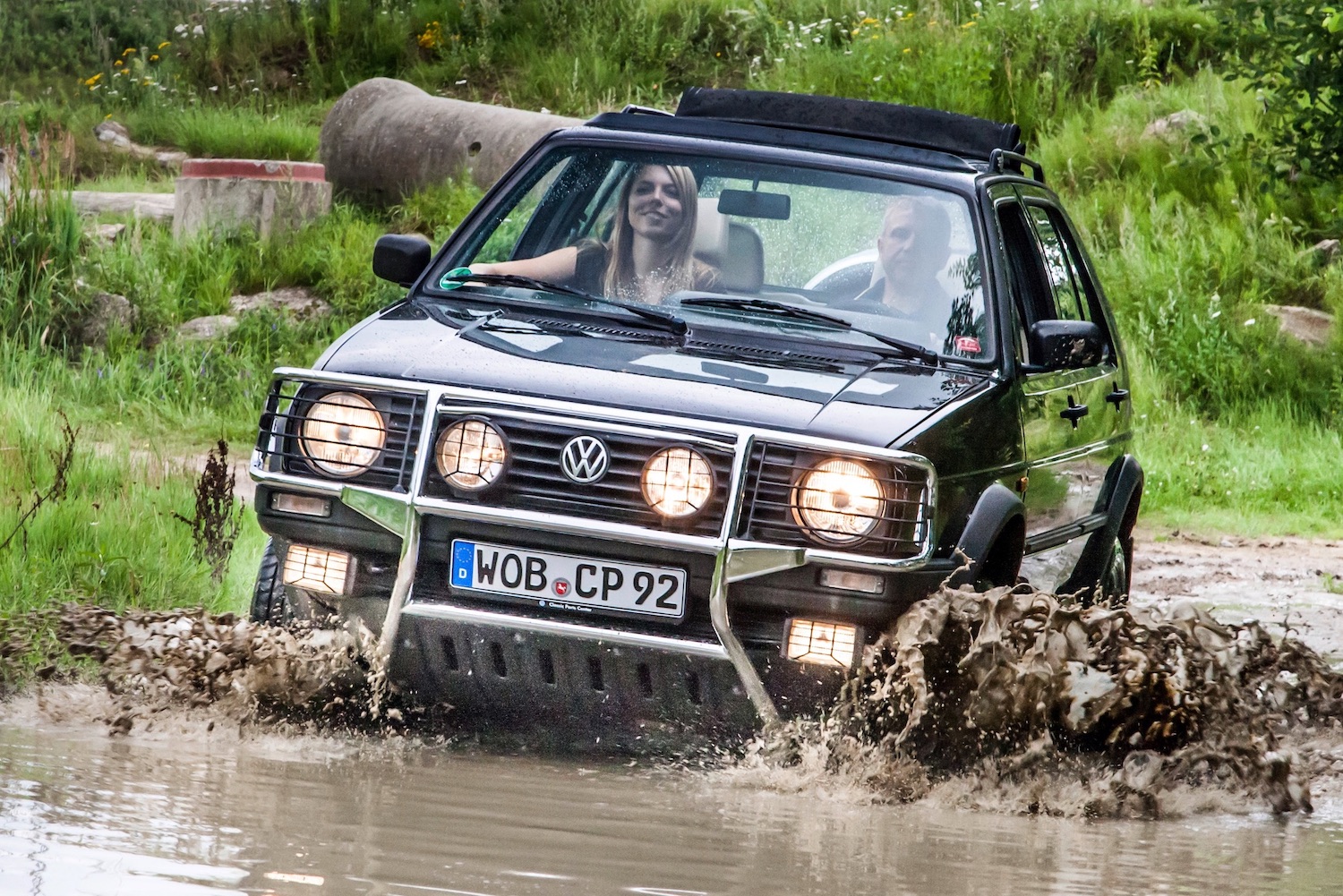
In this compact, but brisk SUV VW complemented all-wheel-drive system. It wasn't old school, heavy constant all-wheel drivetrain. It was syncro system with a viscous clutch which - when needed- were able to distribute engine torque by 50:50 coefficient between the front and rear axis. And for regular conditions, for example, driving in a highway, 95 percent of power was sent in the front wheels.
These and other VW Golf Country features did not manage to create a precedent and motivate other carmakers to get rid of traditional hatchbacks.
VW expected to manufacture at least 5000 of the cars on the first year and to release 15000 VW Golf SUVs during 3 years.
Unfortunately, for Volkswagen - ambitious plans stayed as ambitious plans. In Europe during two years there were only 7735 volunteers who paid much more, actually - for the same price as Golf Country you were able to purchase quite well equipped „Volkswagen Passat“.
